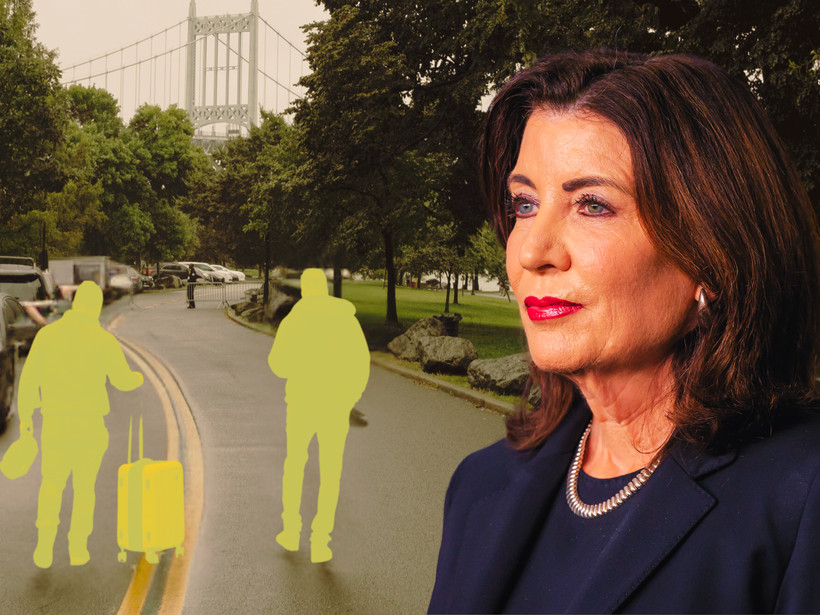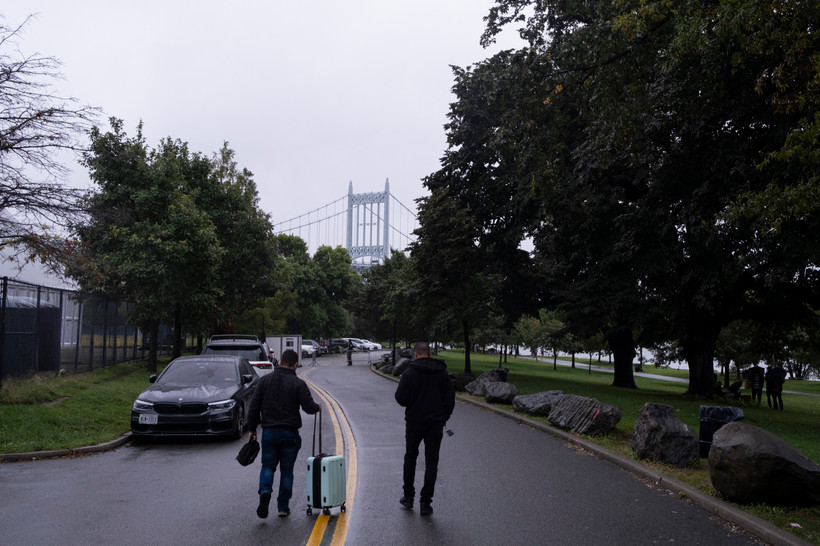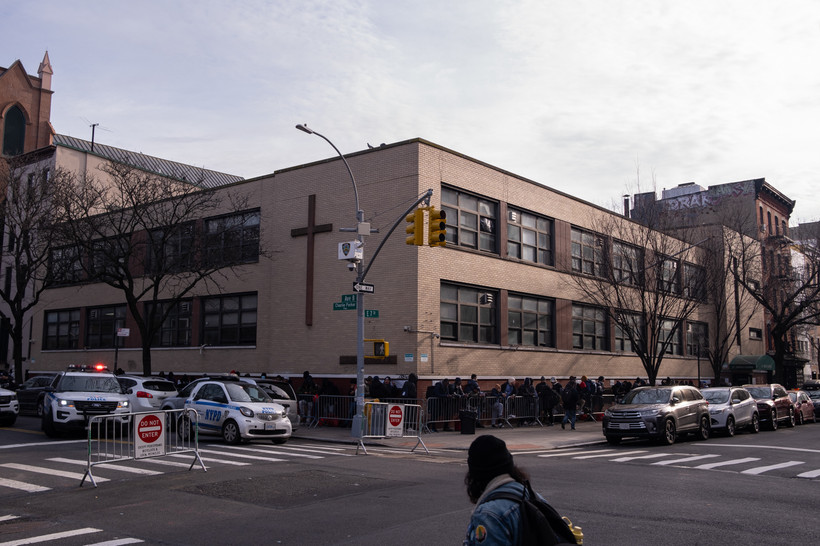Will Hochul Fight Trump’s Plan for ‘Mass Deportations’?
Trump is poised to ramp up deportation activity in northern states like New York, which has few statewide policies limiting cooperation with federal immigration enforcement.



Trump is poised to ramp up deportation activity in northern states like New York, which has few statewide policies limiting cooperation with federal immigration enforcement.



BEFORE YOU GO, consider: If not for the article you just read, would the information in it be public?
Or would it remain hidden — buried within the confines of New York’s sprawling criminal-legal apparatus?
I started working at New York Focus in 2022, not long after the outlet launched. Since that time, our reporters and editors have been vigorously scrutinizing every facet of the Empire State’s criminal justice institutions, investigating power players and the impact of policy on state prisons, county jails, and local police and courts — always with an eye toward what it means for people involved in the system.
That system works hard to make those people invisible, and it shields those at the top from scrutiny. And without rigorous, resource-intensive journalism, it would all operate with significantly more impunity.
Only a handful of journalists do this type of work in New York. In the last decades, the number of local news outlets in the state has nearly halved, making our coverage all the more critical. Our criminal justice reporting has been cited in lawsuits, spurred legislation, and led to the rescission of statewide policies. With your help, we can continue to do this work, and go even deeper: We have endless ideas for more ambitious projects and harder hitting investigations. But we need your help.
As a small, nonprofit outlet, we rely on our readers to support our journalism. If you’re able, please consider supporting us with a one-time or monthly gift. We so appreciate your help.
Here’s to a more just, more transparent New York.


They got tens of millions of taxpayer dollars to defend Andrew Cuomo against scandal. Now, they’re helping fund his comeback.
Our team will be descending upon Albany on Tuesday. Here’s what they’ll be watching.
Brandon Bishunauth is an unlikely candidate to pick a fight with a bastion of old-time machine politics.
In New York, half of CIU exonerations involve prosecutorial misconduct, but DAs rarely acknowledge who got it wrong.
No time to read our big investigation? Here’s a quick summary of everything you need to know.
The secretive units have fallen short on their promise to help wrongfully convicted New Yorkers.
Here’s where the Senate, Assembly, and governor stand on funding New York’s green transition.
The budget plans set up a fight with Governor Kathy Hochul, who did not propose substantial new investments at all.
Here’s what the key players in the state budget process are proposing on spending and taxes.
The Trump administration, eager to force local officials to collaborate with ICE, is coming for a Tompkins County sheriff who released a man who’d served his sentence.
The governor’s announcement appears to expand New York’s ability to cooperate with federal immigration authorities — but it’s not clear if the state has actually changed its policy.
Migrants from Mauritania and Senegal were the most likely to receive eviction notices, but not the most populous groups in shelters, a New York Focus analysis found.